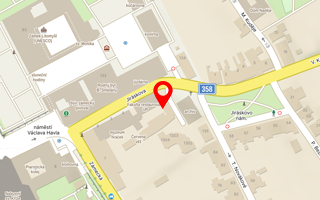Grant provider: EU
Programme: FP7-NMP
Duration: 09/2008 – 08/2011
The project applies a new approach for renovating stone, mortar and plaster used in the construction of historical monuments and buildings. It developed and tested nano-materials that are compatible with the stone and mortar used in these structures, as well as novel safe methods for the assessment of stone. The project studied different types of nano-materials that would fit its needs, determining their suitability in preserving natural and artificial stones, mortars and plasters. It documented, sampled and categorised all the materials to be tested and studied, before investigating different fungal and algal growth on different stones, mortars and plasters. Stonecore developed sols (liquid-like suspensions) with calcium hydroxide particles at the nano-scale that could increase the strength of treated mortar and stone. The sols are white to white-opal and have a stability of several months. The dispersion medium and concentration of the calcium hydroxide nano-sols were also carefully selected. At the same time, different species of mould and algae were isolated and indentified in trials on buildings, to be neutralised with new nano-lime dispersions. Novel non-destructive ways were also developed to assess and diagnose stone. These include non-invasive ground-penetrating radar (GPR) technology and innovative ultrasonic measurement systems. The system can detect even very thin fractures and cracks as well as monitor the renovation with nano-sols. Initial field results showed that modern, high-frequency pulse radars are also capable of detecting thin fractures and fracture networks in stone structures. In addition, an ultrasonic measurement tool was developed to determine the stiffness of the stone material and identify loose surfaces.

